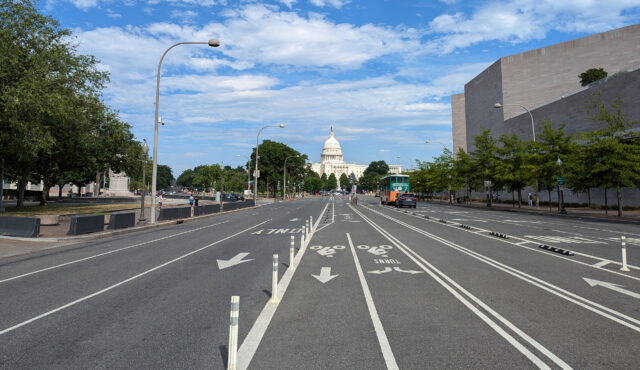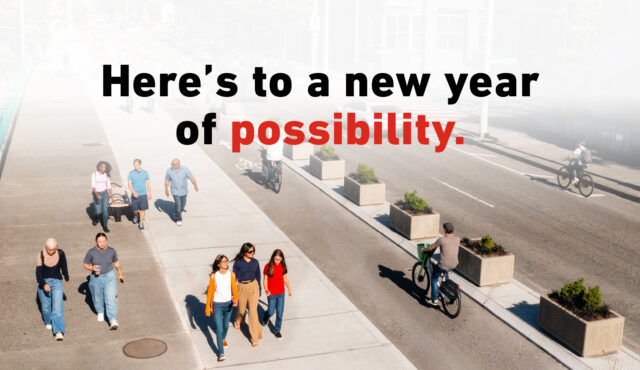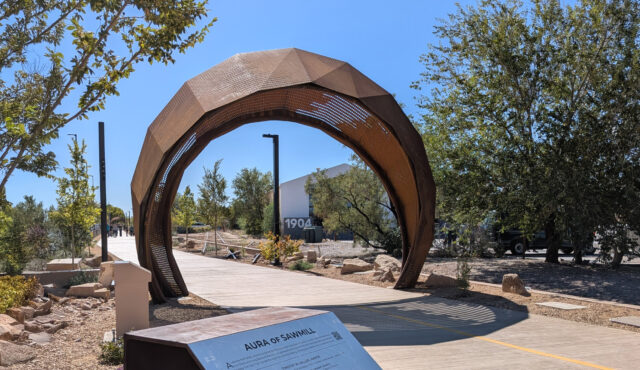
Multimodal Design Practice Lead
Given the recent announcement of The New E’s—an effort to center the transportation industry’s approach around ethics, equity, and empathy—some people have asked: Are we saying our industry should abandon engineering?
No, of course not.
Engineering is the follow-through to implement the project goals and address the challenges that are identified during the planning and public engagement processes. It’s the solution, the “how,” while ethics, equity, and empathy are the “why.”
Engineering requires an ethical approach
Focusing on ethics during each project reinforces the need to genuinely address the engineer’s Code of Ethics: to hold paramount the safety, health, and welfare of the public. For too long, transportation engineers have designed streets for automobile mobility and speed while compromising the safety, comfort, and connectivity of people using all modes. Designing a street that focuses on the safety, health, and welfare of people who are unable to drive, or choose not to, is our ethical responsibility as engineers.
Engineering influences equity
Historically, the transportation profession has contributed to inequity in our society. We as designers need to own that history and play an active role in working to build equity into the planning and design process. Engineers involved in the decision-making process to fund projects must look at these decisions through the lens of equity to provide investment in communities that have been underserved and negatively affected by past decisions. Once funding is allocated, engineers must be deliberate in establishing the project Purpose and Need, which should directly address issues of equity to ensure that the needs of the community are at the forefront of the design process.
Practice empathy in engineering
Empathy should be part of every engineering decision. This means going beyond imagining yourself and your family walking, biking, driving, or riding transit on your project—it means listening to and genuinely trying to understand how other people’s experiences may differ from your own.
If empathy will ultimately inform our design decisions, then the process of listening and seeing the world through other people’s experiences can’t simply be “left to the planners;” that would be an obfuscation of our responsibilities. It’s okay for an engineer to say that they will never bicycle or walk on a street they are designing, but empathy requires that they consider the experience of someone who will. Having empathy may also lead to engineering decisions that run counter to the decisions of the past. Luckily, we work in an industry that allows us to use empathy and engineering judgement to meaningfully address the needs of each person who will use a street.
Focusing on these guiding principles in our work might mean a shift in perspective, but it will not de-emphasize the importance of engineering. Engineering is among the transportation industry’s strongest tools, and that will always be true.



